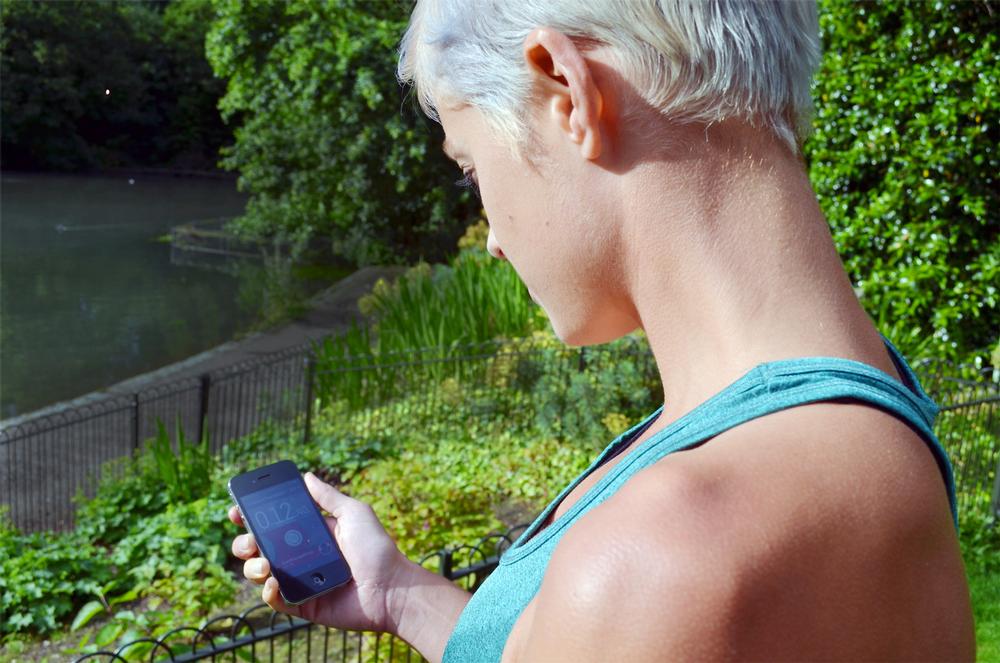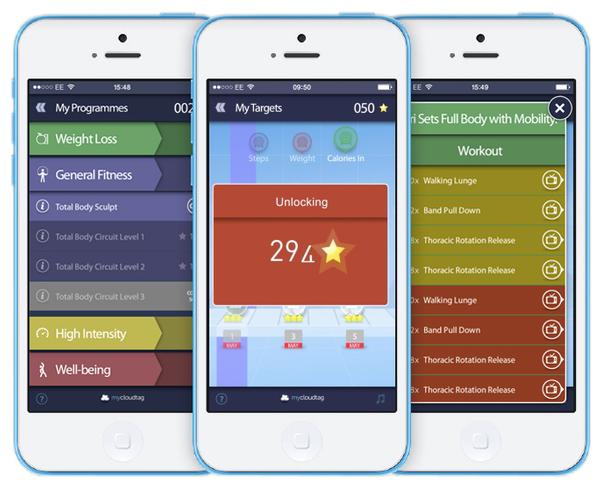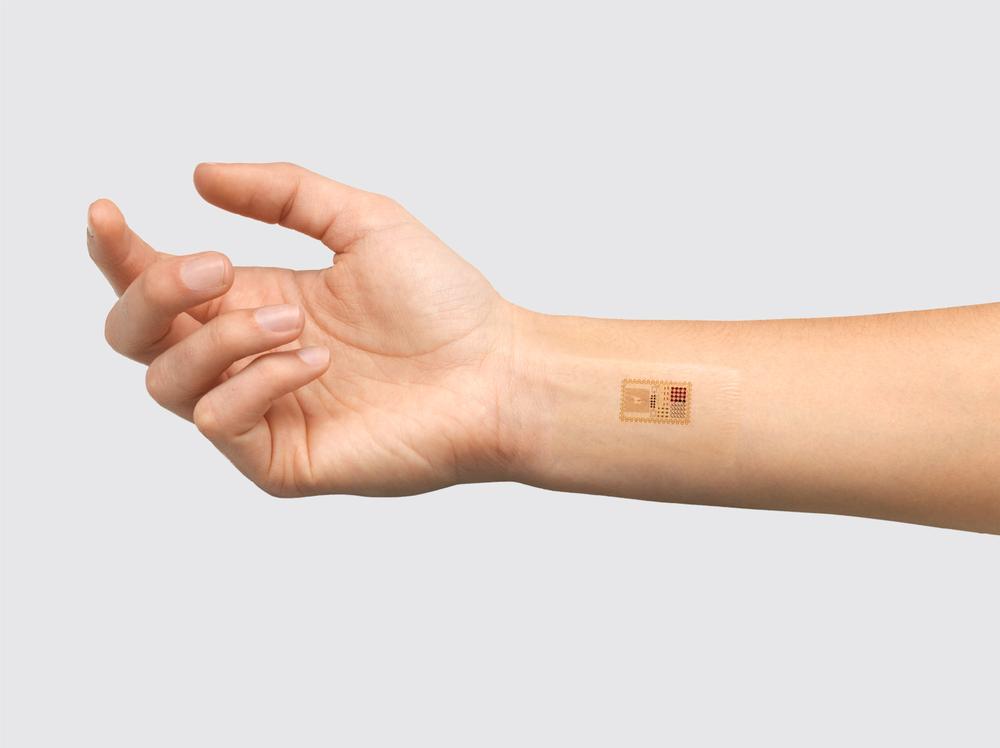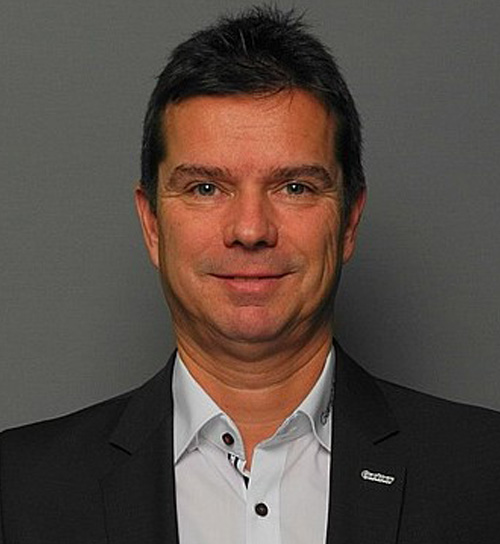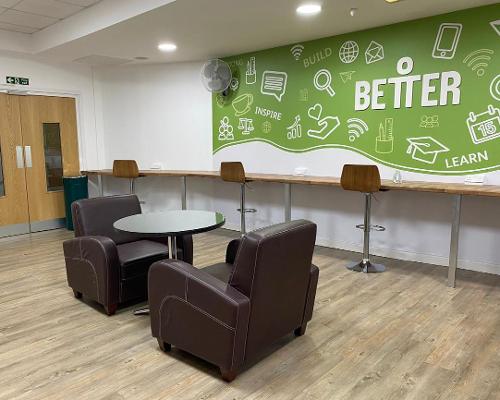features
Activity tracking: Fitness of the future
The future is here. Tech-savvy exercisers are using apps and devices to take health and fitness into their own hands, and with the tech giants set to enter the fitness sector, a revolution is coming. Is your club ready? Kath Hudson reports
In 2012, 18 million fitness devices were sold in the US. So far, these appeal mainly to the fitness-savvy, but with Google, Apple and Samsung either about to enter the market or having already entered – and with Adidas and Microsoft also rumoured to be launching wearables – they will soon be mainstream. Even children are included: the launch of a slap bracelet activity tracker aimed at kids was announced in June. This new KidFit product allows parents to set goals for exercise and sleep that tie in with real-world rewards.
Innovations like this set the tone for the next generation: they are growing up with technology and they will simply come to expect it. By 2017, it’s estimated that one-third of the US population will have a fitness tracking device. These devices look set to transform the health and fitness sector in much the same way that online shopping changed retail and MP3 changed the music industry.
App usage is also skyrocketing. In June, mobile research firm Flurry showed the daily usage of health and fitness apps had grown by 62 per cent over the previous six months – the main driver being a thirst for fitness among women aged 25 to 54.
Meanwhile cycling app Strava, which allows cyclists to race virtually against themselves and others, announced in June that it had logged and mapped 77 million rides. So successful is it in uncovering the nation’s cycling habits that it’s even selling ‘heat maps’ of popular riding routes to local authorities, to aid town planning decisions.
The threat
Up until now, health and fitness clubs have generally been the guardians of fitness knowledge and data. The model within the industry has principally been to monetise this knowledge, charging members for a programme or a PT session if they want to gain greater insight into how to improve their fitness.
Apps and devices threaten this model by giving people the ability to bypass clubs, set their own programmes and monitor their own progress. Some apps even give the nudges that clubs are failing to deliver. For example, Runkeeper asks users when might be a good time for a run or a cycle, then gives them a nudge via text just before that time.
Fitness technology expert Stuart Dyson says technology is democratising fitness knowledge: “Health clubs are not the sole gatekeepers of information any more. The new technology gives consumers a great deal more freedom: the days of being a 12-month membership prisoner are gone.
“Many health clubs currently only provide infrastructure, and don’t readily give knowledge, so apps and technology are filling an information void. This could lead to health clubs being cut out unless they become more open.”
So does this mean that health clubs will start to become the discarded middle man, as the nation arms itself with iWatches and – with the help of apps – walk, run and cycle themselves to fitness outside of health clubs?
Not necessarily. In the UK at least, the weather is too inclement to turn everyone into outdoor exercisers. In addition, as MYZONE CEO Dave Wright points out, clubs still provide a good variety of equipment to help tackle boredom and boost motivation.
However, operators do need to do some repositioning. The experts concur that, unless health clubs become more open, get on-board with technology and accept that not all exercise will take place within their four walls, they risk becoming obsolete. Operators, take note.
US consultant Bryan O’Rourke says some clubs – those that have a great location, or offer a special experience – may not necessarily need to adapt. But he believes every other club will. However, he’s optimistic about the likely impact: “I think it’s positive. Many record companies bemoaned MP3s, but it led to the music industry tripling in size. The same thing will happen for health and fitness.”
The opportunity
The good news is that this technology offers as many opportunities as it does threats. Technology allows companies to have a relationship with people without even talking to them face-to-face – meaning an opportunity to engage with more people on a broader scale, and with it grow the market.
“This disruptive technology not only creates a new market, but has the potential to reach a new audience of like-minded people who love notifications and are in to the Quantified Self,” says David Minton, director of The Leisure Database Company. He points out that the most important thing about this technology is that it makes fitness fun – and this is good news for the industry.
The new mycloudtag app certainly picks up on this potential for fun, with an approach that brings gaming into fitness – particularly appealing to the younger generation. Users have to complete challenges to move to the next level and unlock rewards.
“I think the industry can turn these lemons into lemonade,” agrees Wright. “It’s a massive opportunity for the industry to interpret data to help people achieve results.”
Perhaps the biggest opportunity for health clubs to use this technology and make an impact is by harnessing its power to motivate and change behaviour. For the first time, this technology gives health clubs a 24/7 insight into members’ lives, which facilitates a more holistic approach to their health.
“We’re presented with a really exciting opportunity to add enormous value, build loyalty, appeal to different clientele and help people achieve their goals and get value for money – all of which can bring more punters through your doors and retain them for longer,” says Paul Landau, CEO of Fitbug.
There’s also the potential for the industry to gather evidence-based results about the impact of exercise. “This could be a massive opportunity for the industry to gather data to prove the health benefits of exercise and show people’s progression over time,” says Ben Beevers, associate director of Everyone Active. “It could bring to light some very powerful information that could be used as an argument to prove the benefits the industry could bring to the NHS.”
The action
So what’s the first step for clubs to take? Colin Neale, FitLinxx’s director of business development health and fitness, says clubs should take professional advice and come up with a technology strategy. “Make technology part of the programme delivery,” he explains. “Don’t just sell devices – it needs to be baked into the offering.”
Rather than simply thinking about what kit to invest in, operators now need to be considering how they can use technology to help people meet their goals. As an easy starting point, provide free wifi on the gym floor and recommend apps to members.
Landau suggests setting up social groups to generate a sense of community, and using the data from devices to create in-club leagues and challenges.
Andy Jackson, CEO of mycloudtag, suggests health clubs should invest in the health monitoring kit that consumers can’t afford. This might include blood pressure monitors and intelligent scales, which automatically take data from people’s phones. “There’s no reason why health clubs shouldn’t become health hubs where people come in to do their Quantified Self measurements. This could be a freely available DIY service, but with additional support available at a cost,” he explains.
Gyms could also have more sensors around the club – for example, treadmills could use sensors to pick up data from a phone or device and give users a tailored programme for their workout.
Indeed, going forward much of the responsibility for change lies with equipment suppliers, which need to create open platforms that will easily sync with all the devices and apps to create a seamless experience.
“At present, most of the technologies are walled gardens that get in the way of inter-operability around the member,” says O’Rourke. “We need tracking devices, apps and equipment from a variety of manufacturers to interact seamlessly. The industry is moving towards a recognition of this need.”
Leon Rudge, UK technology solutions manager for Life Fitness, agrees the industry needs to embrace open computing models: “Equipment needs to interact with an ever-increasing array of tracking apps and devices entering the market. We also need to be much better equipped to extract information that trackers are logging.”
Technogym has also confirmed it’s working with partners and customers within the industry to harness digital developments and create new potential business models and revenue streams.
The future
Chris Moisan, CEO of AiT – which developed the SpeedoFit app – says the technology on offer isn’t yet at the level where it will make a real impact by changing people’s experiences. “At the moment, many devices are just glorified pedometers,” he observes. “They just track what you do rather than changing behaviour. They’re still quite expensive too. To drive mass adoption and really make an impact, devices must become both cheaper and more sophisticated, offering personalised insights and nudges.
“There also needs to be more of a focus on tracking actual health and fitness rather than just activity.”
Jackson believes a big shift in the near future will be a “move from inaccurate to accurate” in the data being produced by trackers, whereby the margins of error are reduced to an insignificant level.
Dyson believes the next big trend will be about context. So far, he says, it has been all about collecting content – the next step is to put that content into context. For example, technology will spot trends, such as ‘if the user sleeps for eight hours, they’re more likely to work out the next day’.
Meanwhile Wright predicts the future will be remote membership, with instructors using technology to analyse people’s data and give them feedback and encouragement, regardless of where they are.
Digital strategist and consultant Stephen Davies also believes operators’ approach to data will be absolutely key: “There’s a huge amount of data being generated by tracking devices and apps, and the question now is what to do with it all. The people working in the fitness sector will need to become more like data scientists.”
Chris Brown, MD of FitLinxx, adds: “Trackers will increasingly monitor multiple metrics, and people will wear them 24/7. Clubs will need to manage which metrics they highlight with which client, to ensure the focus is relevant and engaging to each individual.”
The key questions
Moisan believes there are two key questions going forward: What will be driven through smartphones and what through standalone tracking devices? And will devices become more stylish or more invisible?
Parisa Louie, CEO of Watchfit, thinks devices will get more stylish: “At the moment they are all quite sporty, but I think we will see funkier products to attract a younger, more fashion-conscious audience. Tracking systems integrated into clothing would also seem like a natural and practical development.”
On the invisible side, Davies points to MC10’s Biostamp – a stick-on patch that contains a series of sensors that collect data such as body temperature, heart rate, brain activity and exposure to UV radiation. Using near field communication, it can upload its information to a nearby smartphone for analysis. Each stamp lasts for several days and stays on the whole time – meaning no gaps in data.
A huge opportunity
The technology certainly provides a challenge for operators to keep up and define their role. However, since the main aim of the industry is to improve the health of the nation and get people moving, this technology has to be seen as a good thing as it supports that goal. Embracing its potential could help unlock a huge new market, particularly young people; gain the industry credibility in the eyes of the healthcare sector; and change the profile of clubs. The next few months promise to be exciting.
Technology translated to the club
Everyone Active
When Everyone Active launched an online programme that allowed members to set targets and plan their exercise, as well as earn points for completing goals, it found members came an average of seven times more a month.
However, while swiping a card in the club automatically uploads the member’s activity to the website, so far individuals haven’t been able to measure exercise undertaken outside the club. Plans are now afoot to link with activity trackers to capture that information and make sure it’s automatically sent to the website.
Associate director Ben Beevers believes this will support members to become fitter and more active, rather than driving them away into other non-gym forms of exercise.
Nuffield Health
Nuffield launched its Healthscore app last year to try and change members’ behaviour, by allowing them to take more control over their health. They can monitor their exercise regime, diet, sleep and even stress levels via a phone or laptop.
The app offering has recently been extended to include remote monitoring and coaching.
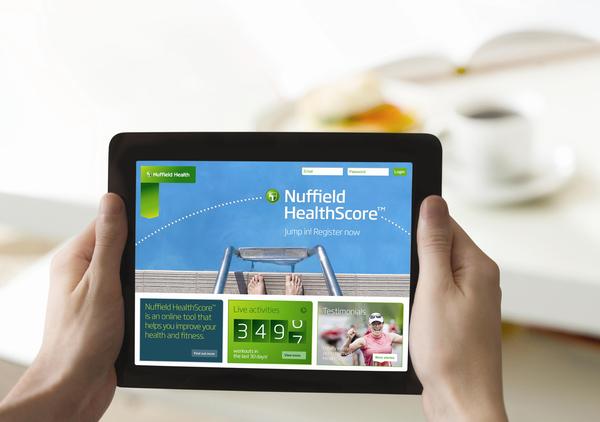
New gadgets
Google released its first smartwatches in June. These sync with Google Fit to help people keep track of their goals, and also allow developers to dig into rival apps and combine data.
Samsung released its Gear 2 and Gear 2 Neo smartwatches in February, using Tizen software and offering an accelerometer and gyroscope, capable of acting as a pedometer and heart rate monitor.
Coming soon, Apple’s Healthkit is the result of collaborations that include Nike and the Mayo Clinic. iOS 8 will collate data from health and fitness apps and systems, and integrate medical/wellness data.
